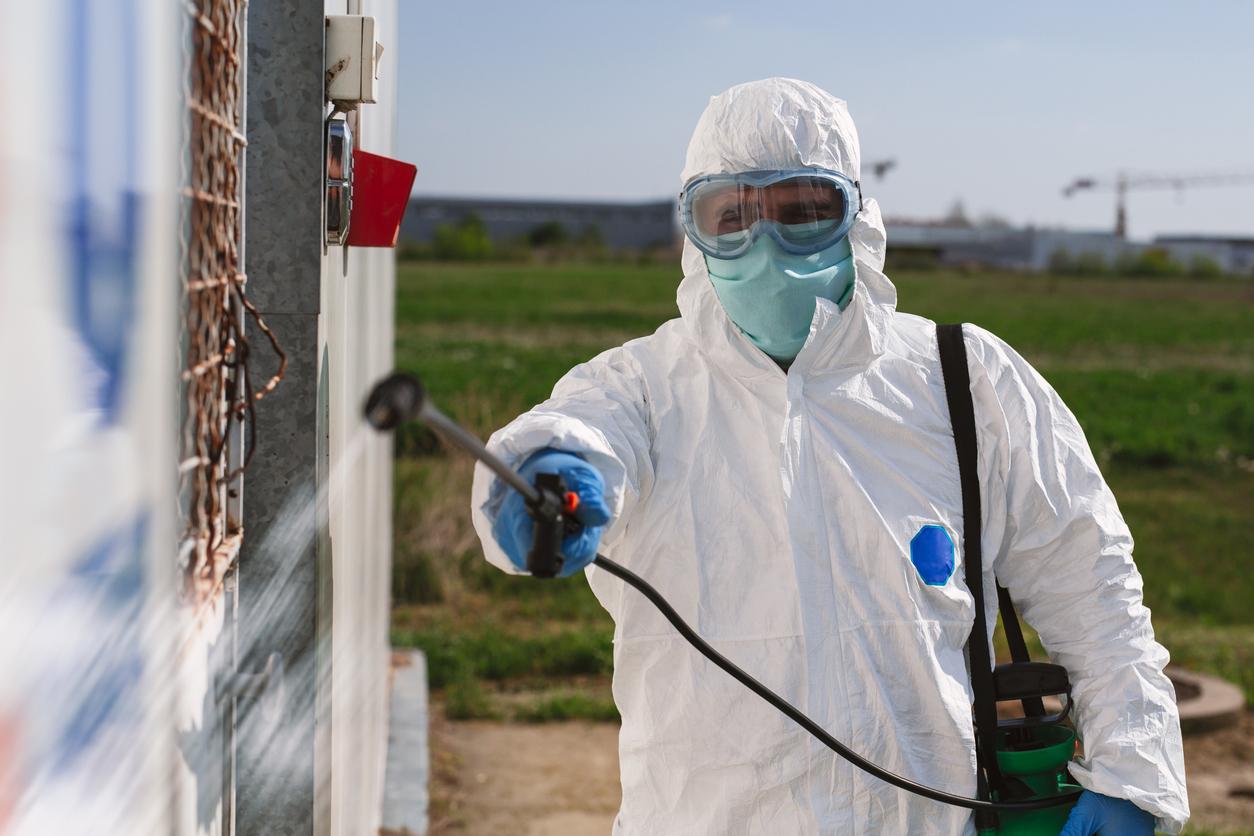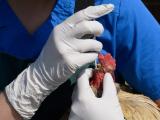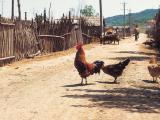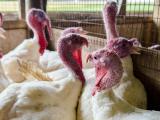Amid a massive response to highly pathogenic avian influenza outbreaks that have struck 251 flocks in 30 states, Colorado and the US Centers for Disease Control and Prevention (CDC) yesterday reported the country's first human H5 infection, which involved a person working as a culler on an infected commercial farm.
The case marks the second human case of its kind and was detected in routine testing and monitoring of people exposed to the virus during global circulation of the Eurasian H5N1 strain in poultry. The first was reported early January in a British man who had close and very regular contact with sick birds.
Man wore PPE but had eye protection gaps
The Colorado Department of Public Health and Environment (CDPHE) said the man, who is younger than 40, was exposed to poultry in at a commercial farm in Montrose County. He is a state prison inmate who was working with poultry as part of a prerelease employment program. All members of the outbreak response team, including other inmates, were provided with personal protective equipment (PPE).
During the state's testing and monitoring of people exposed to the virus, the man's nasal sample tested positive for H5 influenza earlier this week, with results confirmed by the CDC on Apr 27.
The CDPHE said the worker's only symptom was fatigue, and he is isolating and receiving the antiviral drug oseltamivir. In a statement last night, the CDC said the man has recovered. The H5 detection in the man's sample could be the result of surface contamination of the nasal membrane, but the positive result meets the H5 case criteria, and the public health response is to assume infection and take actions to contain the threat.
The CDC shared more details about the case today in its regular weekly FluView report. It said the man doesn't have any known underlying health conditions and was wearing recommended PPE, though there were breaches in eye protection.
A second swab collected on Apr 26 was negative for flu.
As of Apr 23, more than 2,500 people have been actively monitored for symptoms after exposure to infected birds. The CDC said the case doesn't change its risk assessment of the H5N1 virus, which is that it poses a low risk to the public. The H5N1 virus linked to the US outbreaks is different than the H5N1 virus that caused illnesses, often fatal, in China and other countries.
USDA announces first poultry outbreak in Vermont
In new outbreak developments, the US Department of Agriculture (USDA) Animal and Plant Health Inspection Service (APHIS) announced a highly pathogenic avian influenza outbreak in Vermont, which struck a backyard flock of 30 birds in Caledonia County, located in the northeastern part of the state.
In late March and early April, the virus was detected four times in portmortem sampling of Vermont raptors. Also, the USDA reported more outbreaks in two earlier-affected states. In Michigan, the virus struck a backyard flock of 70 birds in Wexford County. And Minnesota reported two outbreaks in backyard flocks, one in Carver County west of Minneapolis and one in Swift County in the western part of the state.
So far the outbreaks, which involve the Eurasian H5N1 strain that is impacting poultry and wild birds in multiple world regions, have hit 30 states and led to the loss of 35.5 million birds.




















